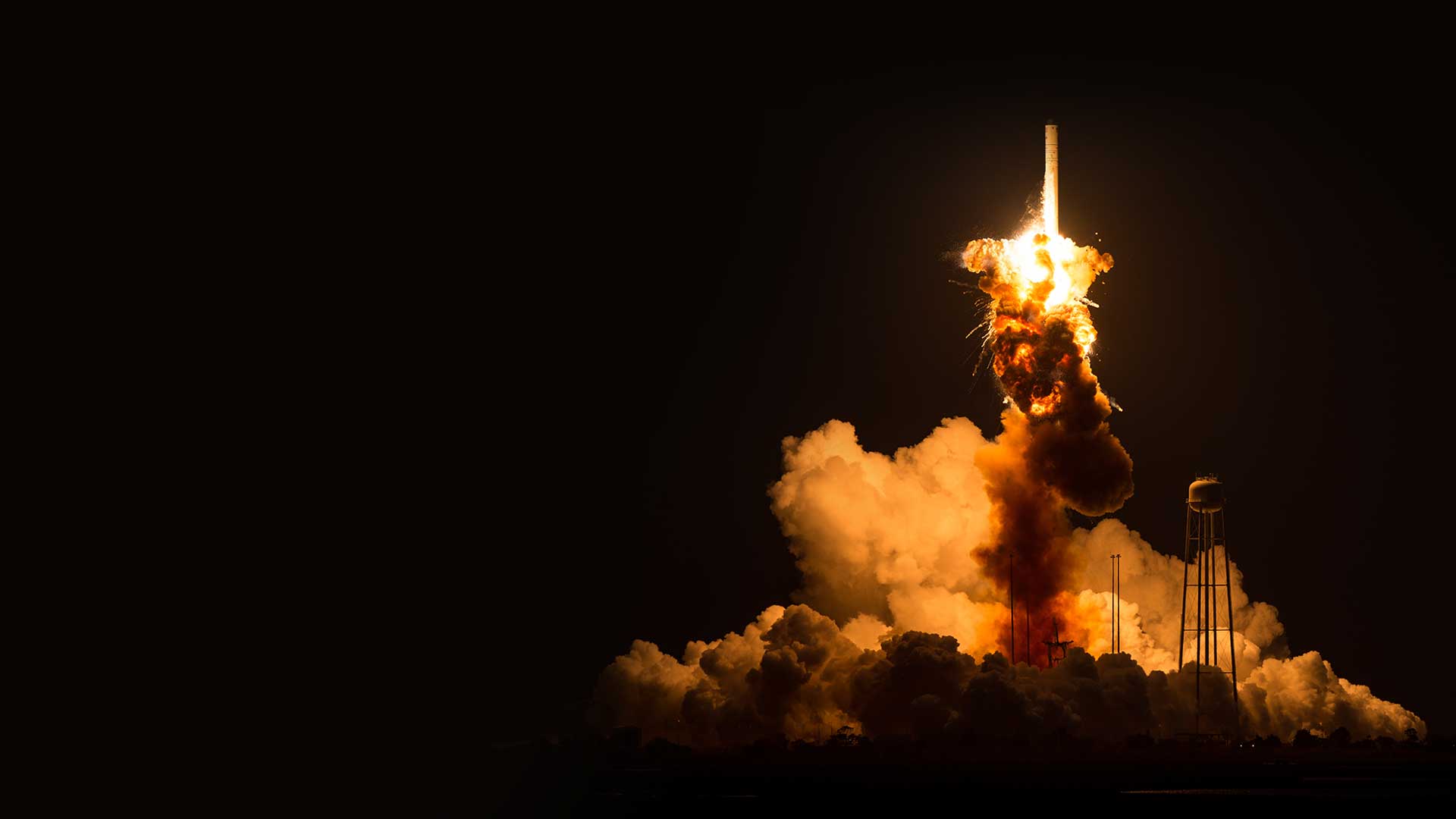

Last week, the world lost a quiet giant. The lessons he taught us may yet save us.
Perhaps the single most important man in the group responsible for bringing to life John F. Kennedy’s goal of putting humans on the moon by the end of the Sixties, George Mueller—who died on Oct.12 at 97 years old—was an engineer and an administrator possessed of the rare combination of both immense intellect and organizational pragmatism. And his fingerprints are all over the automotive industry.
As one of the world’s largest ongoing practical research and development enterprises, the car business is a good yardstick of Mueller’s wider influence. Though the the space race between the U.S. and Soviet Union had no direct impact on vehicle safety and testing, the Apollo program and the Federal Motor Vehicle Safety Standards were cohorts; the National Highway Traffic Safety Administration (NHTSA) instituted the FMVSS in 1966, smack in the middle of the decade-long race for the moon and just after Ralph Nader’s landmark publication of Unsafe at Any Speed.

In 1963, at the age of 45, the St. Louis-born Mueller brought his three degrees (including a doctorate in Physics), a stint behind the lectern at Ohio State and diverse experience at Bell Labs and Ramo-Woolridge (later TRW) to NASA. He also brought with him some much-needed lessons in how to run an unprecedentedly complex, pioneering scientific program so that it produced the desired real-world result—and beat the Soviets in the process.
One of the most important lessons Mueller taught NASA was that of “all-up” testing. Rather than testing each component of a missile like the Saturn V—an expensive, time-consuming process—the all-up method called for testing as a complete unit. This meant NASA had a working space vehicle much sooner than it would have, but still adhered to a rational safety regimen, too. By the third launch, it sent Apollo 8 and crew around the moon and back; with the sixth, it put Neil Armstrong, Buzz Aldrin and Apollo 11 on the moon.

We see the influence of something like Mueller’s methodology in today’s vehicle crash testing, which requires certification not only of individual parts, but actual testing of entire vehicles to ensure they meet the desired standards for occupant safety. The result? A five-fold reduction in deaths per 100 million vehicle miles traveled since 1966. The modern, self-imposed vehicle development process of every carmaker, too, requires mechanical, electronic and dynamic validation of the whole vehicle as a unit before release to the public.
Putting the all-up regimen into effect for the Apollo program wasn’t easy; a culture of conservative, scientific-bureaucratic policy and planning had made for grindingly slow progress. One of Mueller’s early opponents in the all-up testing method was Wernher von Braun, the ex-Nazi SS officer at the head of NASA’s rocket development, now widely credited as the father of rocket science. But as von Braun himself later wrote, “It sounded reckless, but George Mueller’s reasoning was impeccable… In retrospect it is clear that without all-up testing the first manned lunar landing could not have taken place as early as 1969.”

Reckless it may have seemed, but as Mueller put it in an interview with the Smithsonian’s Air & Space magazine, having launched Apollo 8 in late 1968 after just two unmanned Saturn V tests, “It wouldn’t have gone if I hadn’t been comfortable. I spent about four months that summer looking at every possible way that it could fail, and convinced myself that it wasn’t going to fail. So we went forward with it.”
Even Mueller’s methods weren’t immune to unanticipated failures in the development process, as illustrated by the death of the Apollo 1 crew of Grissom, White and Chaffee in a cabin fire during launch rehearsal—a fire that never should have happened. “We all thought that the thing was perfectly safe,” said Mueller in a 1971 interview. “And in fact it had been through design certification reviews which supposedly picked up these things. And one of the things that was asked was ‘Has this thing been examined for being fireproof?’ You’ll find in the record that there was a report prepared which said yes it met all of the needs for fire resistance.”

Despite this setback, Mueller continued to lead NASA in the hunt for solutions, corralling some of the 20th century’s greatest minds into a productive force that ultimately accomplished an utterly massive task in an unbelievably short time, all on a stage lit with the threat of mutually assured destruction.
Mueller’s legacy will live on, perhaps to the end of our species. As Volkswagen’s Dieselgate and its fallout illustrates, the industry is still not testing our vehicles for every possible failure method—especially when it comes to emissions testing—and it is even willfully rigging the tests at times. At the same time, the government-imposed but industry-negotiated emissions reduction standards are likely to be too little, too late. The context is different, but the stakes are the same: human safety on this shared spaceship we call Earth.
Today, we face another deadline—one imposed not by our political leadership or a conflict of ideologies, but by the planet itself. If we can’t organize a system that lets our brightest minds deliver a solution to the problem of vehicle emissions on time, we may all be headed for the tragic and untimely fate of Apollo 1, burned up in a fiery atmosphere of our own fallible creation.